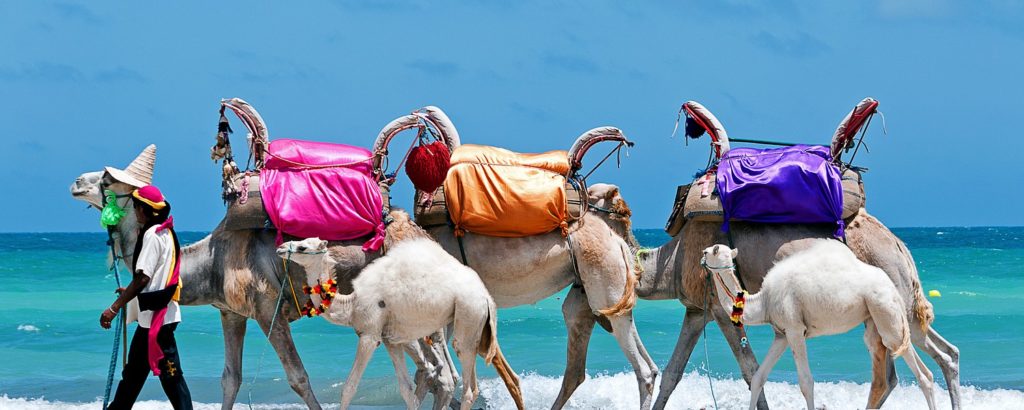
Tunisia
Beyond the sandy beaches of Tunisia’s crowd-pleasing Mediterranean Sea resorts (Hammamet, Monastir, Sousse, and the paradisaical island of Djerba) lie the country’s marvellous historic monuments, such as the well-preserved Roman amphitheatre of El Djem or the ruins of once almighty Carthage, whitewashed domes, busy souks and vast expanses of the sprawling Sahara.
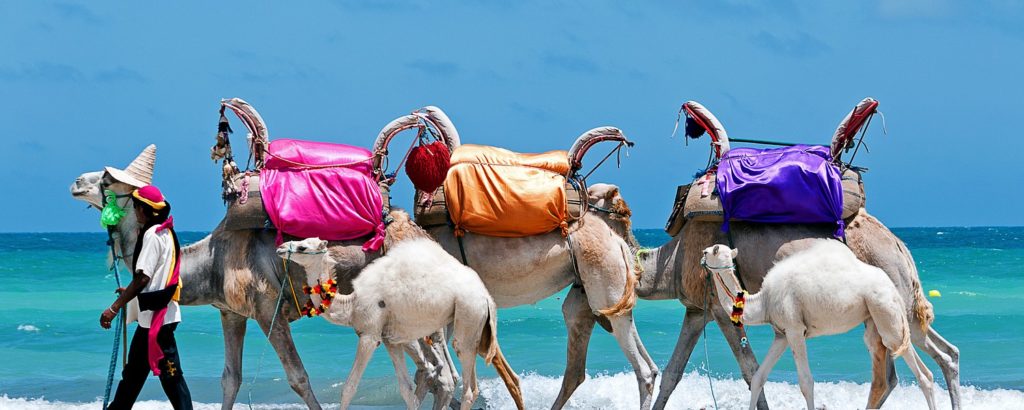
Djerba
Djerba, the largest island of North Africa, is situated southeast of Tunisia on the Gulf of Gabes, and is ringed by miles of sandy beaches and luxury hotels. With its ideal temperate climate, this is another very popular Tunisian destination. The many resort hotels provide anything you need for lazy days of sunbathing, plus a wide range of activities like thalassotherapy or water sports.
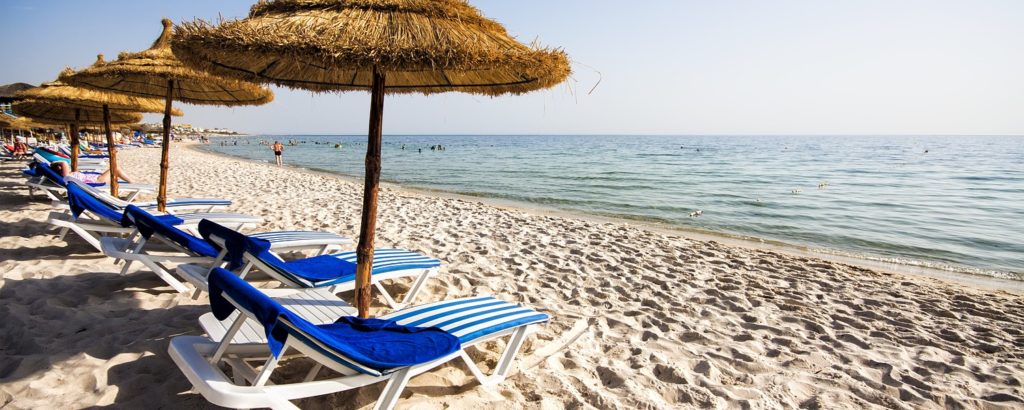
Hammamet
Holiday-geared Hammamet has long attracted international vacationers, a fact to which the glorious decades-old Yasmine resort complex serves as testament. The town itself offers just the right dose of thrills to culture enthusiasts looking to break the lethargy of an all-inclusive respite with some sightseeing and shopping – all within the ancient walls of a cream-colored, low-rise Medina.
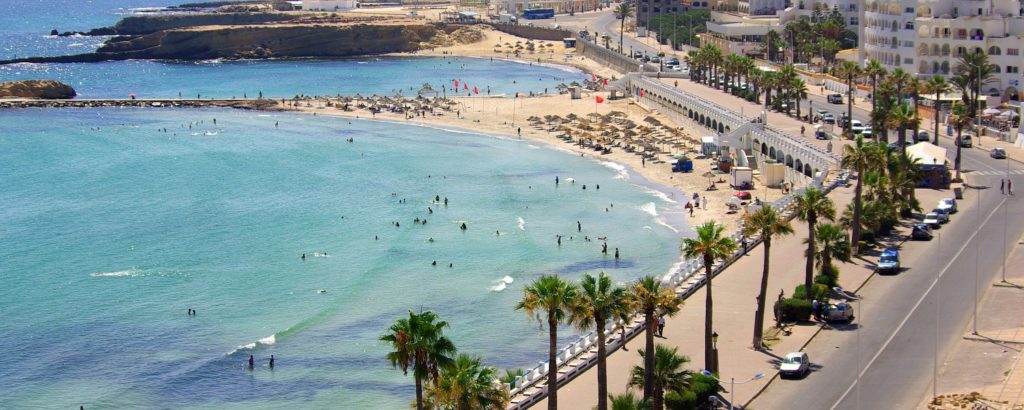
Monastir
Located in north-eastern Tunisia, Monastir is a major tourist resort. With its attractive marina and old fishing port, the city is an excellent base for a beach holiday, offering a wide range of activities such as water sports, fishing, excursions and golf. Whatever the season, you will find an ideal climate to enjoy some of Tunisia’s finest sand beaches and crystalline water, along with a dizzying choice of waterfront hotels and restaurants featuring both international and local cuisine.
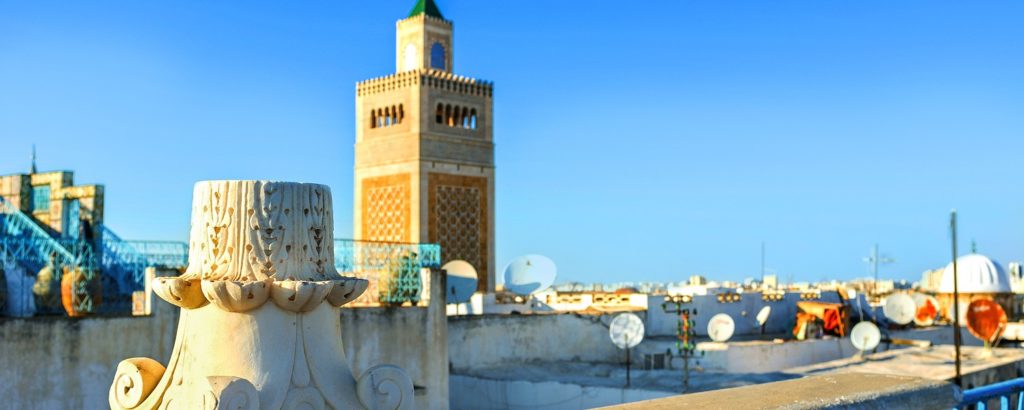
Tunis
Unjustly overlooked by travellers en route to Tunisia’s celebrated seaside resorts, the nation’s capital certainly deserves more than a just a quick glance outside the shuttle bus window. The city lives and breathes history, and has a lot to offer in the way of art and culture. Ancient Roman ruins, palpable traces of French colonial presence and an Oriental flair well-preserved in the Medina all constitute major elements of Tunis’ eclectic charm.




